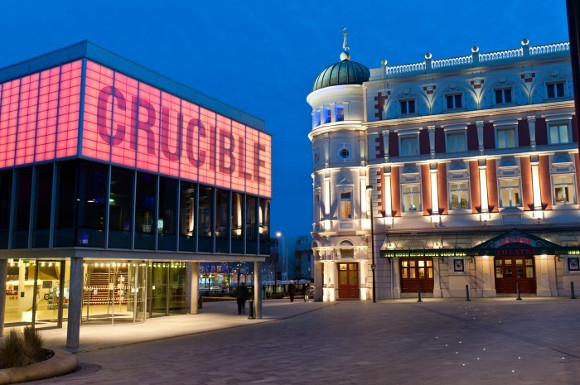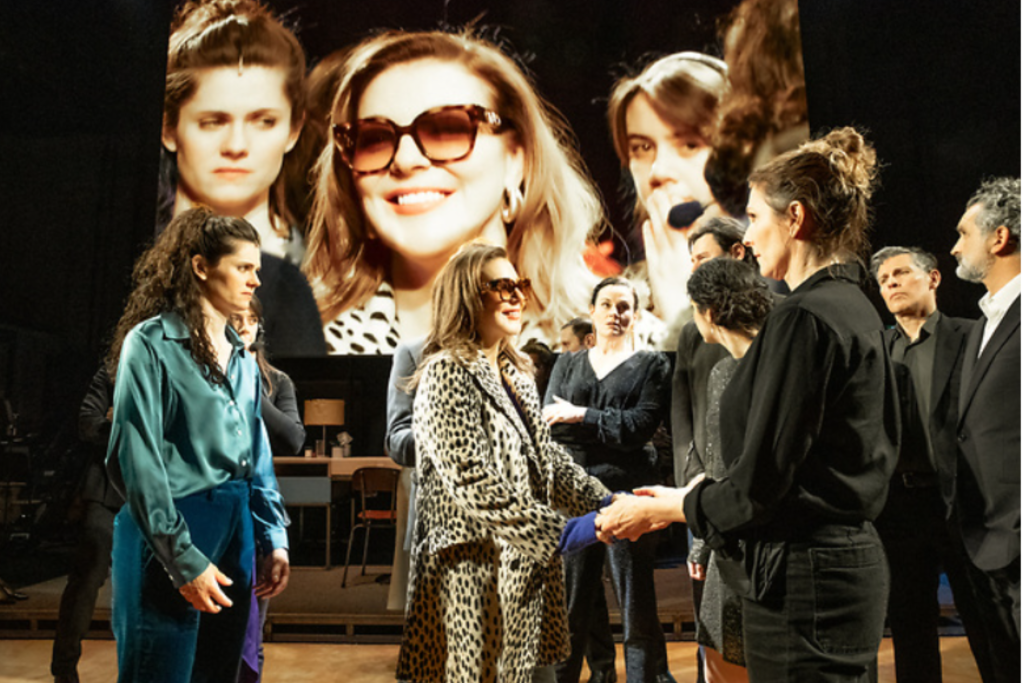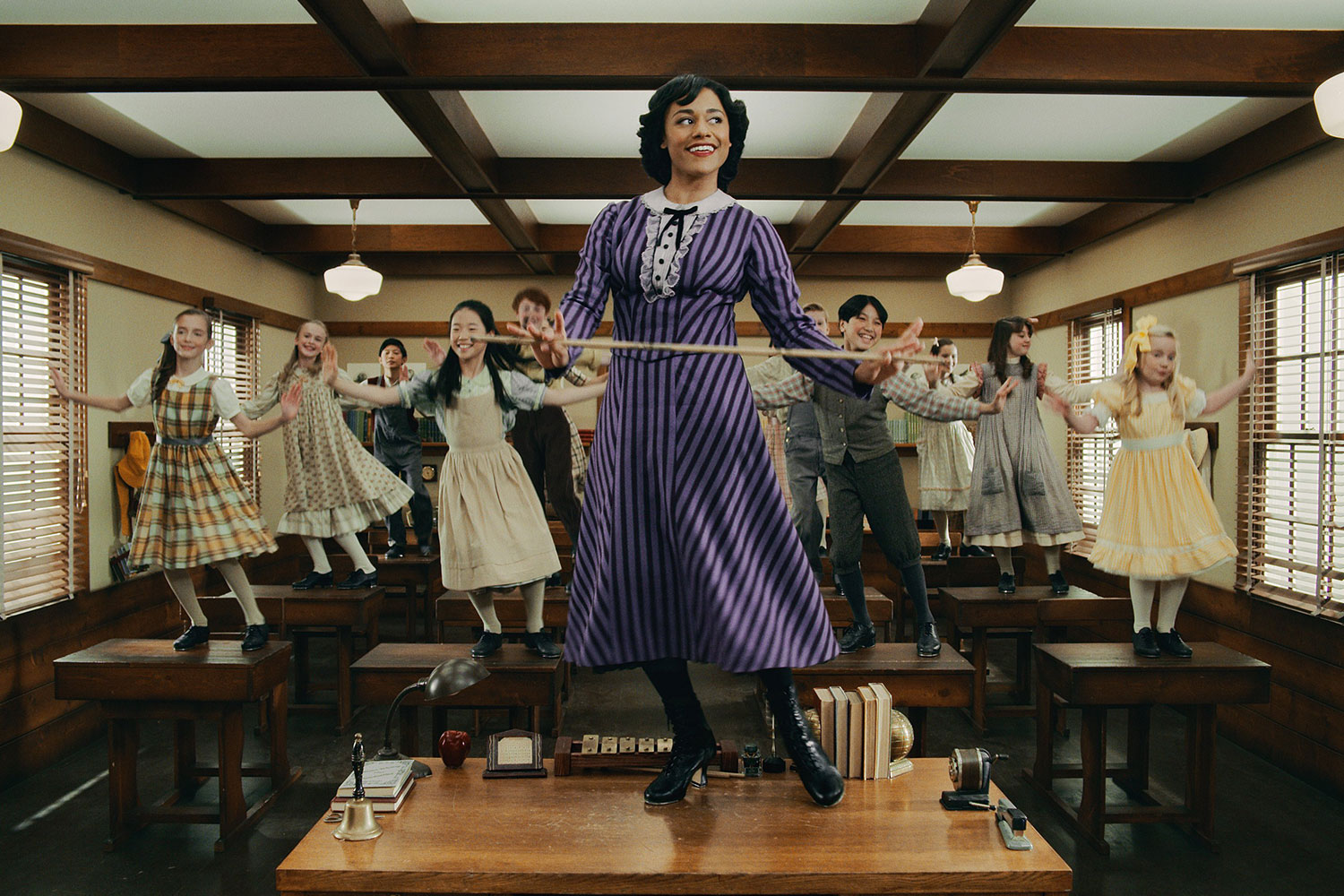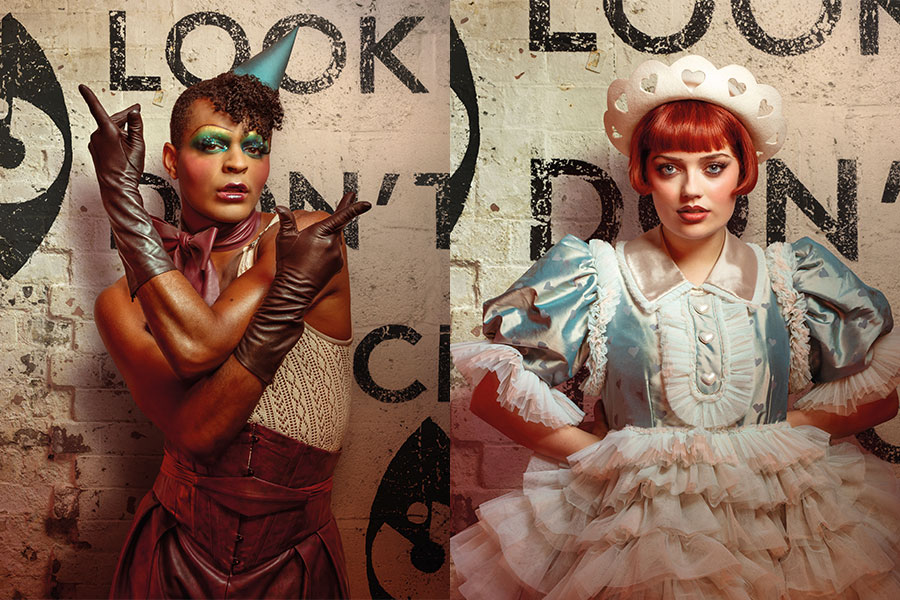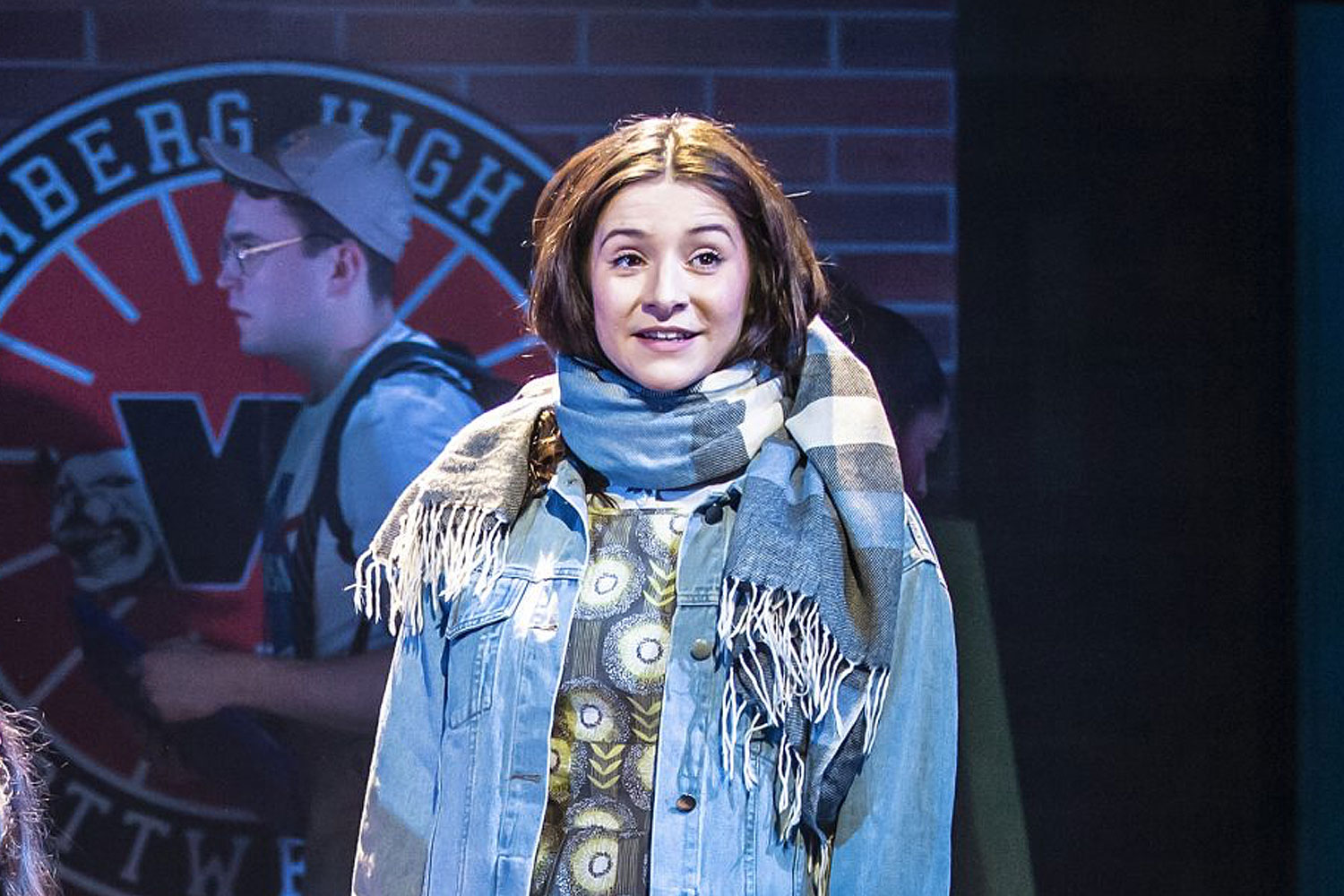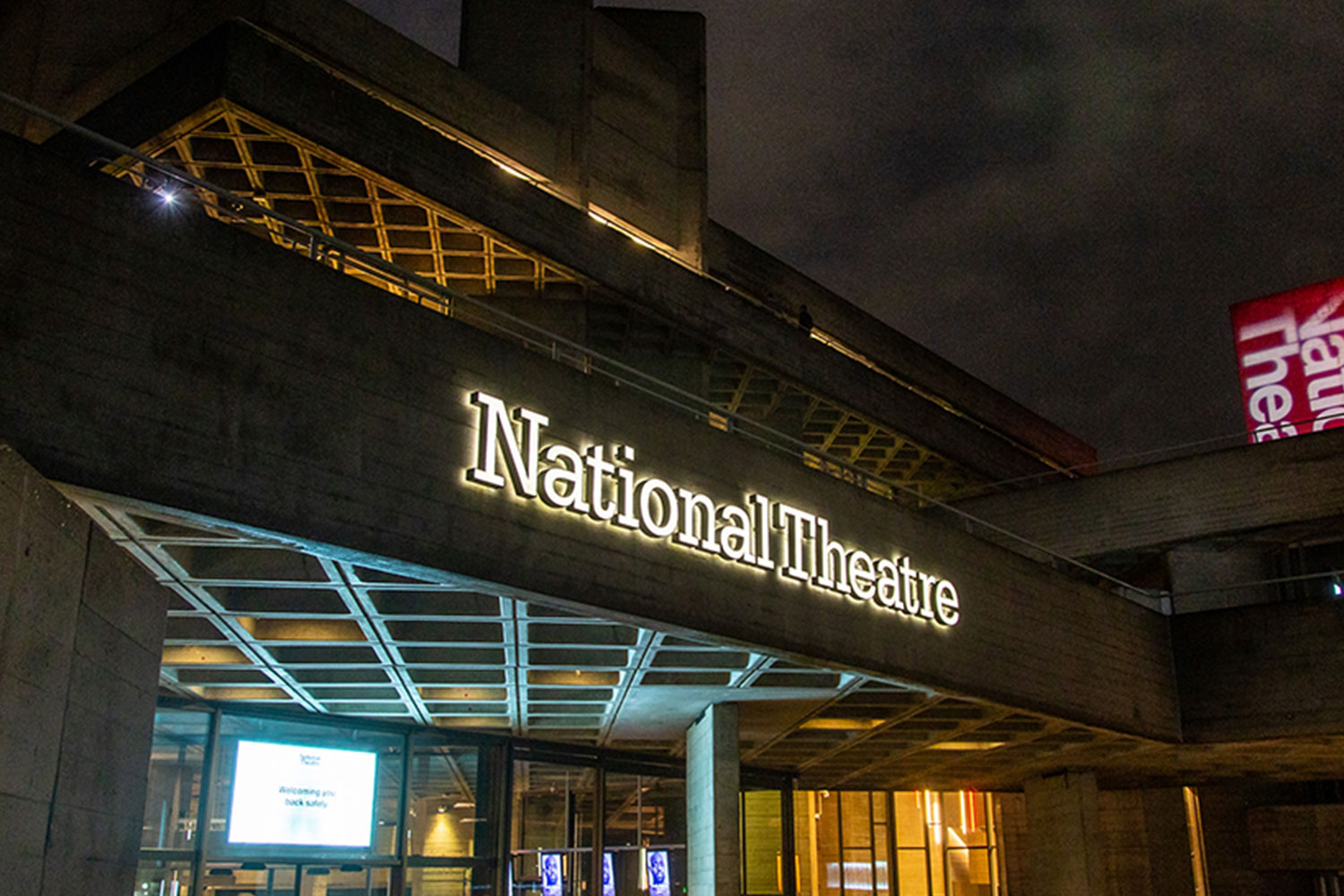Regional Theatre Focus: I love Sheffield's visionary concrete
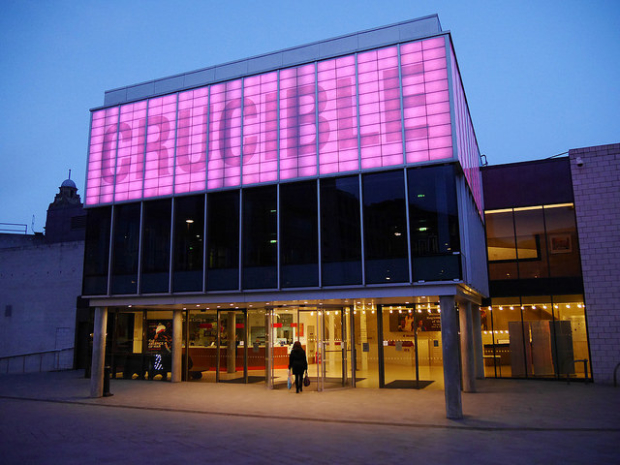
© Kyle Emmerson/Flickr
When I graduated from Coventry Polytechnic in 1989, there was only one city I wanted to live in and one place where I wanted to work.
The city bit was easy. After all, while Coventry had been good to me for three snakebite-flavoured years, I wanted to return to my old stomping ground in Sheffield. I loved its visionary concrete and its drop-forge echoes, and it was time to call it home once again.
The work bit though, that was trickier. Because although I had a freshly-minted degree in my pocket, I wasn’t looking for a gold-plated graduate career opportunity. I just wanted a job at the Crucible– any job – and I was afraid of failing to get my foot in the door.
Why the Crucible? Just because I’d grown up with it and I adored it. Its sweeping thrust stage auditorium, designed by Tanya Moiseiwitsch, was the arena in which I’d seen theatre come to life.
Opened in 1971 as a replacement for the cosy-but-cramped Sheffield Playhouse, the Crucible was an uncompromising statement of civic intent. Inspired by the thrust stage innovations of Sir Tyrone Guthrie – its main-house stage dimensions were first paced out by Guthrie together with founding artistic director, Colin George – it actively rejected picture-book illusion and stamped its own identity on the productions that played across its boards. And I did get my foot in the door. In fact so eager was I, they could hardly stop me barging my way in.
When I began working at the Crucible, as theatre fireman, it was the only professional venue in the city, but by the end of 1990 it was joined by the reawakened playhouse across the road – a Victorian relic called the Lyceum.
As a child, I’d known the Lyceum only as a derelict 19th century corpse. When it finally reopened, however, and revealed its gilded auditorium – designed in 1897 by W.G.R. Sprague – the city realised that not only did it already have one of the most distinctive post-war theatres as its plaything, it was also now home to one of the most sumptuous proscenium-arch venues too.
Since then, the two theatres have been run as one award-winning operation, though these days they get by without me. Having worked my way sideways from front-of-house to box office, I finally left the organisation when I moved on from the city. But I'm always going back.
Of course, there’s more to Sheffield theatre than these two starkly different siblings. For instance, Forced Entertainment have been reinventing the form for over 30 years, straddling the border between theatre and performance art, but it’s always those buildings to which I return – to see a show, or meet some mates, or to watch the phantoms of remembered shows from my past.
Theatres are supposed to be haunted of course, and the Lyceum has long been rumoured to have a ghost. But the Crucible? I think the situation’s vacant. And it’s a position that one day, I intend to claim for myself.
Damon Fairclough is a writer based in Liverpool via a long-lost Sheffield of the soul.





